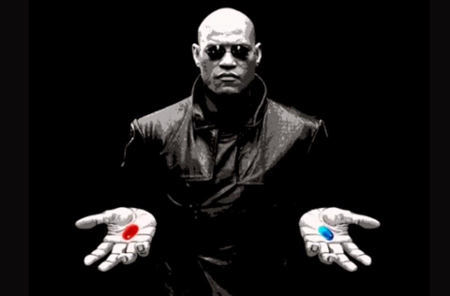False Dichotomy - Definition and Examples
Contents
Definition
False Dilemma or False Dichotomy is a formal fallacy based on an “either-or” type of argument. Two choices are presented, when more might exist, and the claim is made that one is false and one is true - or one is acceptable and the other is not. Often, there are other alternatives which haven’t been considered, or both choices might be false or true.

The formal way to put it - False dilemma refers to misuse of the xor or nand operators.
Other names for it are
- Black-or-white fallacy
- Either/or fallacy
- False choice
- No middle ground
Examples of False Dilemma
A classic example of this logical fallacy is:
Will you be paying by cash or card?
If car dealer asks you this when you only started looking at the vehicle he is definitely omitting another option - That you are just browsing.
Roger opposed an atheistic argument against Christianity, so he must be a Christian
Another option might has been missed - Roger might just enjoy debating.
Here are some more examples of this false dilemma:
You are for us, or you are against us.
I thought you cared about other people, but I didn’t see you at the fundraiser for the Harris Family.
Child to parent: Either you buy me this new book, or you decide that reading is not important at all.
Drink water every day and be healthy, or continue to drink sodas and be unhealthy. Those are the only options.
You either support Hillary Clinton for President or you don’t believe in women’s rights.
The animal shelter is a place that values animal rights and never euthanizes animals, or the animal shelter is a place that kills innocent animals.
You either like kids or you don’t.
Other common logical fallacies:
More info: